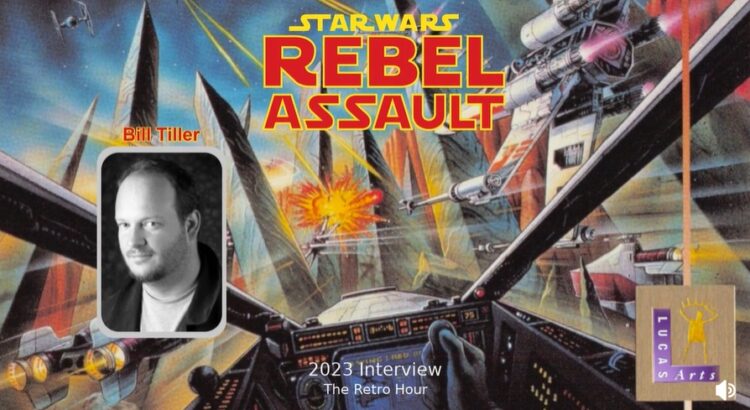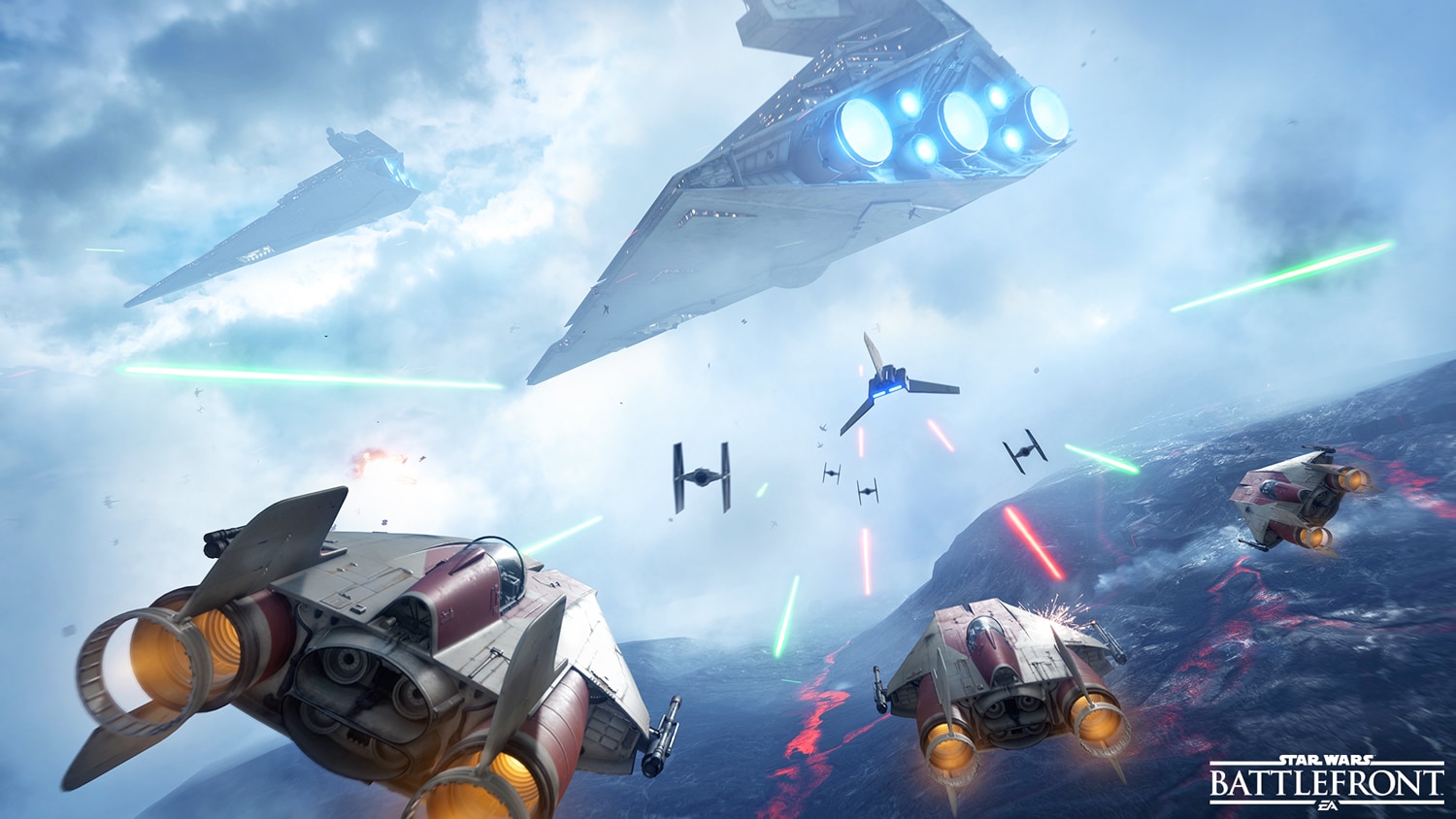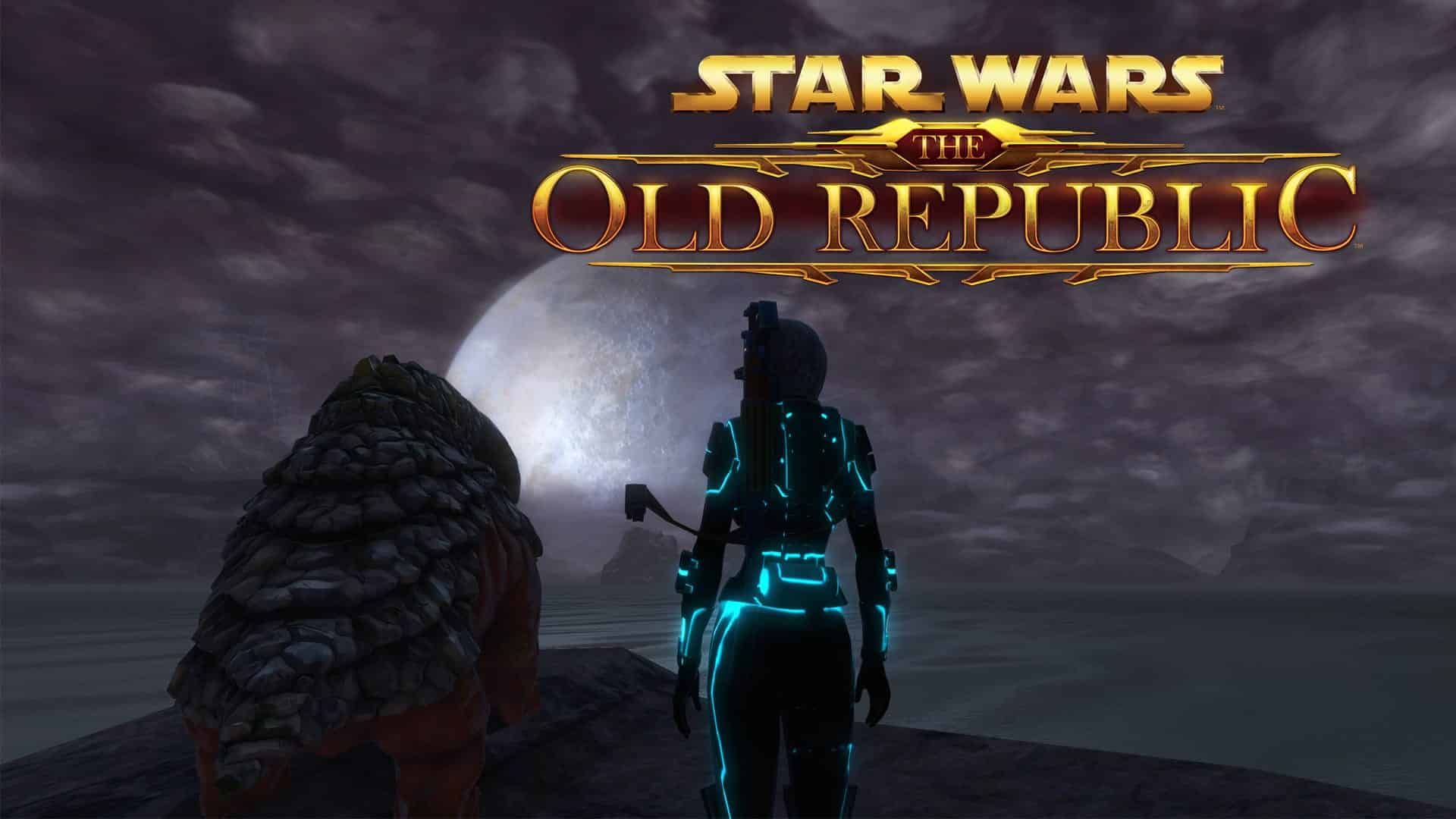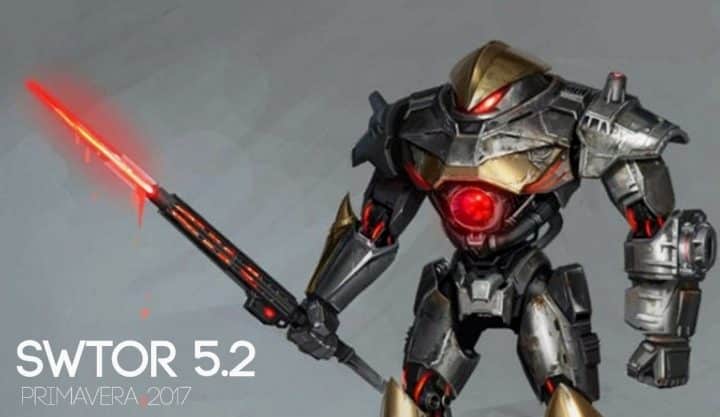In the vast universe of video games, few have left a mark as indelible as “Star Wars: Rebel Assault.” Released in 1993, this game not only pioneered the use of live-action footage in LucasArts’ productions but also redefined expectations for CD-ROM games. In a fascinating January 2023 interview with The Retro Hour, LucasArts veteran graphics artist Bill Tiller shared invaluable insights into the game’s development, challenges, and the pivotal role of live-action footage that caught the eye of George Lucas himself.
The Genesis of a Galactic Phenomenon
“Star Wars: Rebel Assault” emerged during a period when LucasArts was primarily recognized for its adventure games. According to Tiller, the decision to incorporate live-action footage was groundbreaking, marking a significant departure from the industry norms of the early ’90s. This bold move not only revitalized interest in Star Wars’ interactive adaptations but also set a new standard for storytelling within the franchise. Tiller recounts the moments leading up to George Lucas reviewing the footage and discussing the game’s direction, a testament to the project’s significance within LucasArts.
Surpassing Expectations: A Galactic Success Story
Under the leadership of project leader Vince Lee, “Rebel Assault” shattered sales forecasts, rapidly evolving from an expected modest success to a blockbuster hit. Initially projected to sell around 15,000 units, the game’s popularity soared, quickly selling out its initial 100,000 units within the first three days of release. Tiller reflects on the game’s difficulty, noting its appeal to both hardcore and casual gamers, and how it became the #1 best-selling CD-ROM game of all time within just five months, reaching over 500,000 copies sold.
A Sequel Born from Triumph
The unprecedented success of “Rebel Assault” led to the greenlighting of a sequel, “Rebel Assault II: The Hidden Empire,” which promised to expand on its predecessor with even more live-action footage and a richer narrative. Tiller’s recount of these events highlights the collaborative spirit and artistic ambition that drove the Rebel Assault team to new heights. The team’s efforts did not go unnoticed; George Lucas himself penned a letter of appreciation, acknowledging their contribution to the Star Wars legacy and LucasArts’ success.
Conclusion: The Enduring Legacy of “Star Wars: Rebel Assault”
Bill Tiller’s insights into the creation and impact of “Star Wars: Rebel Assault” offer a rare glimpse into a pivotal chapter in gaming history. From its innovative use of live-action footage to its role in rejuvenating interest in Star Wars games, “Rebel Assault” stands as a testament to the creativity and determination of its development team. As fans of the franchise and gaming historians look back, Tiller’s reflections serve as a reminder of the enduring power of storytelling, innovation, and the magic of the Star Wars universe.









